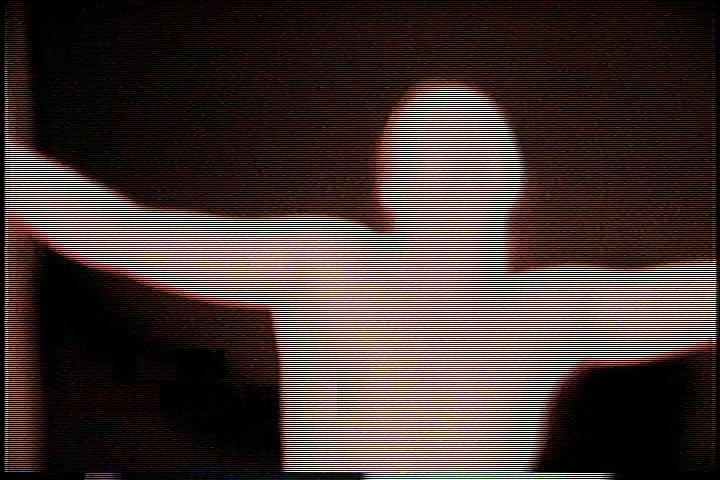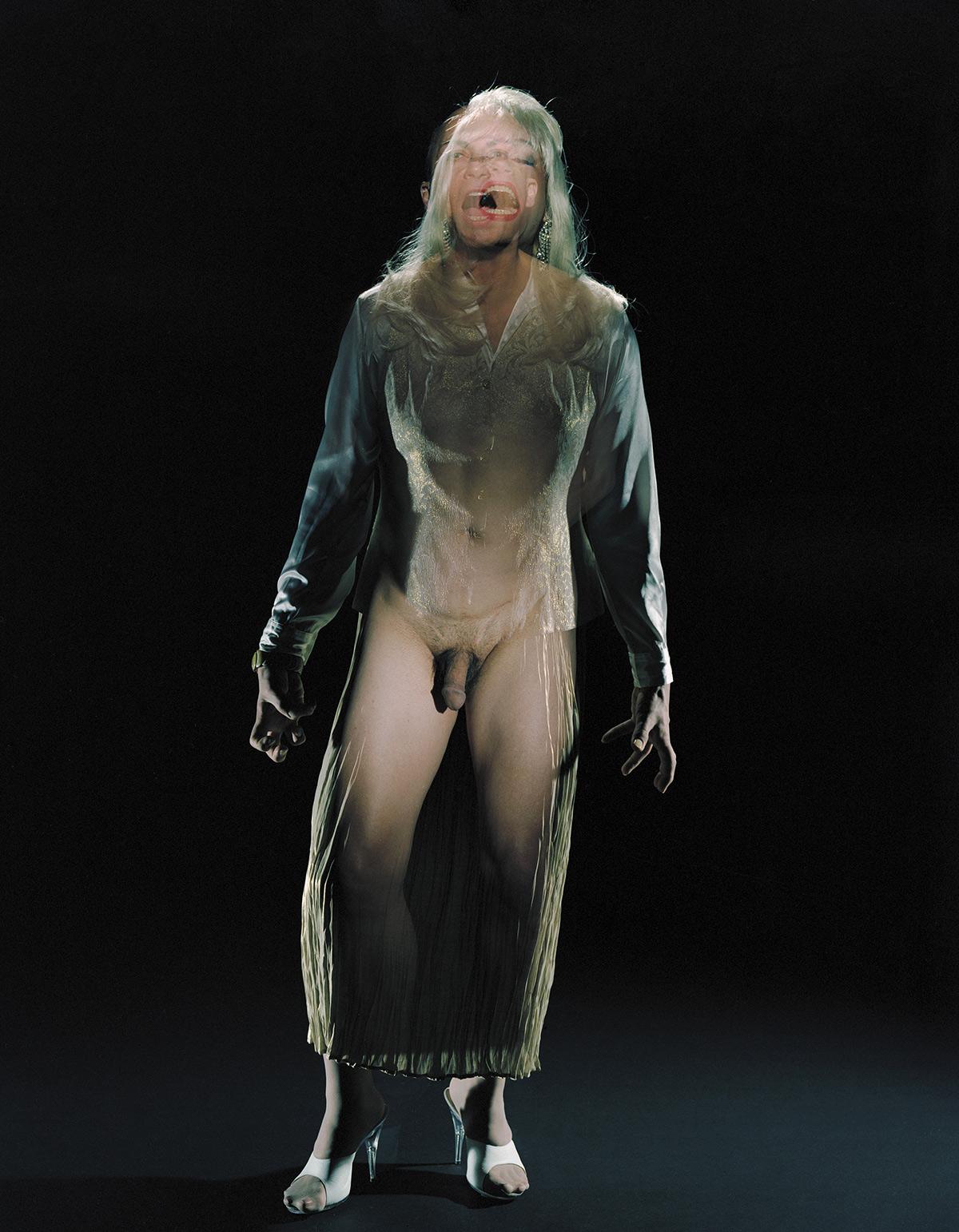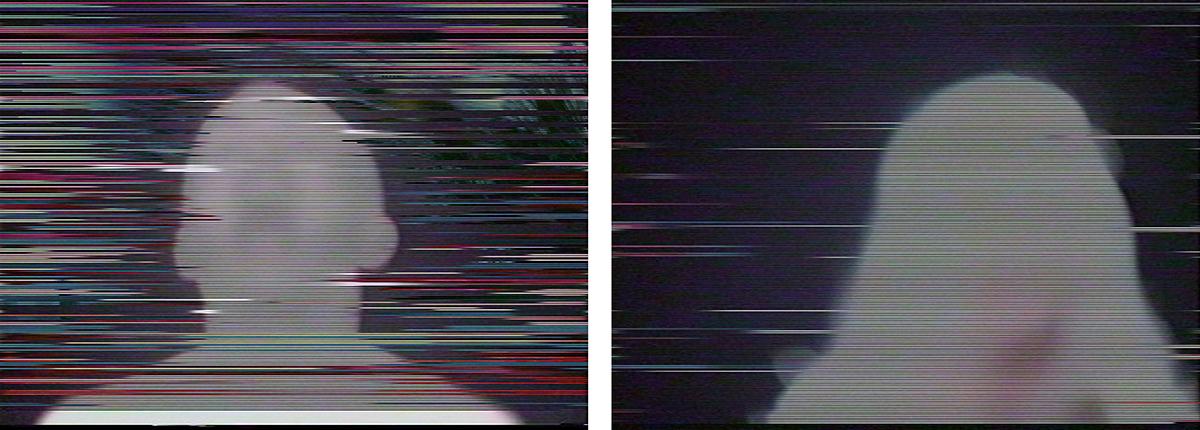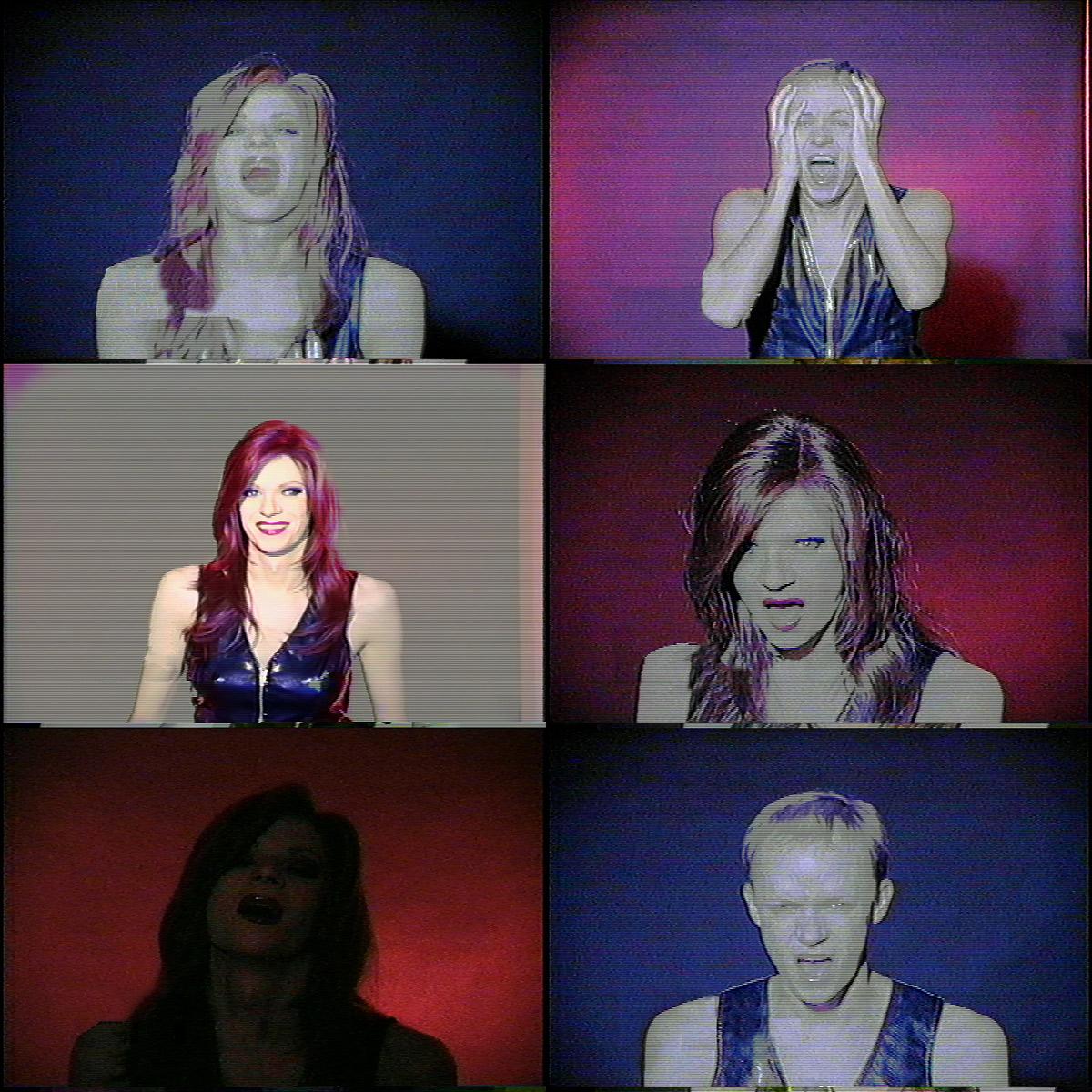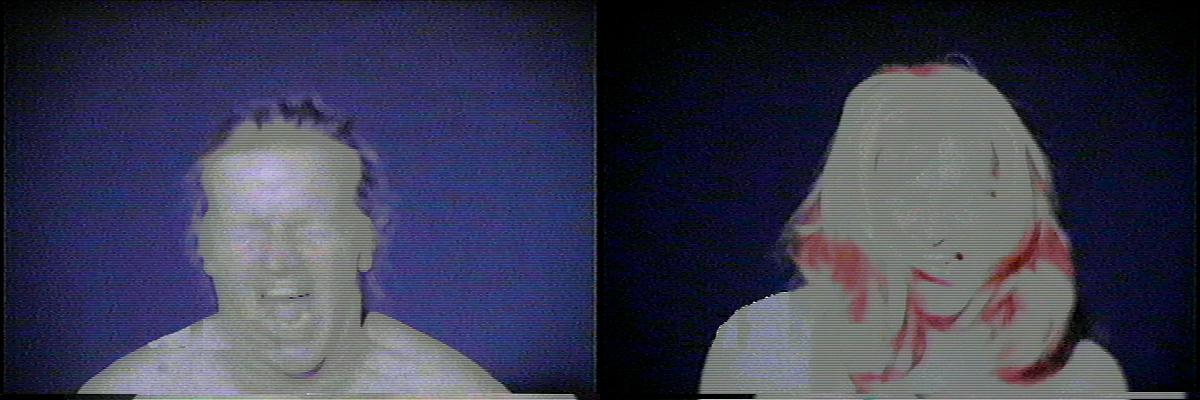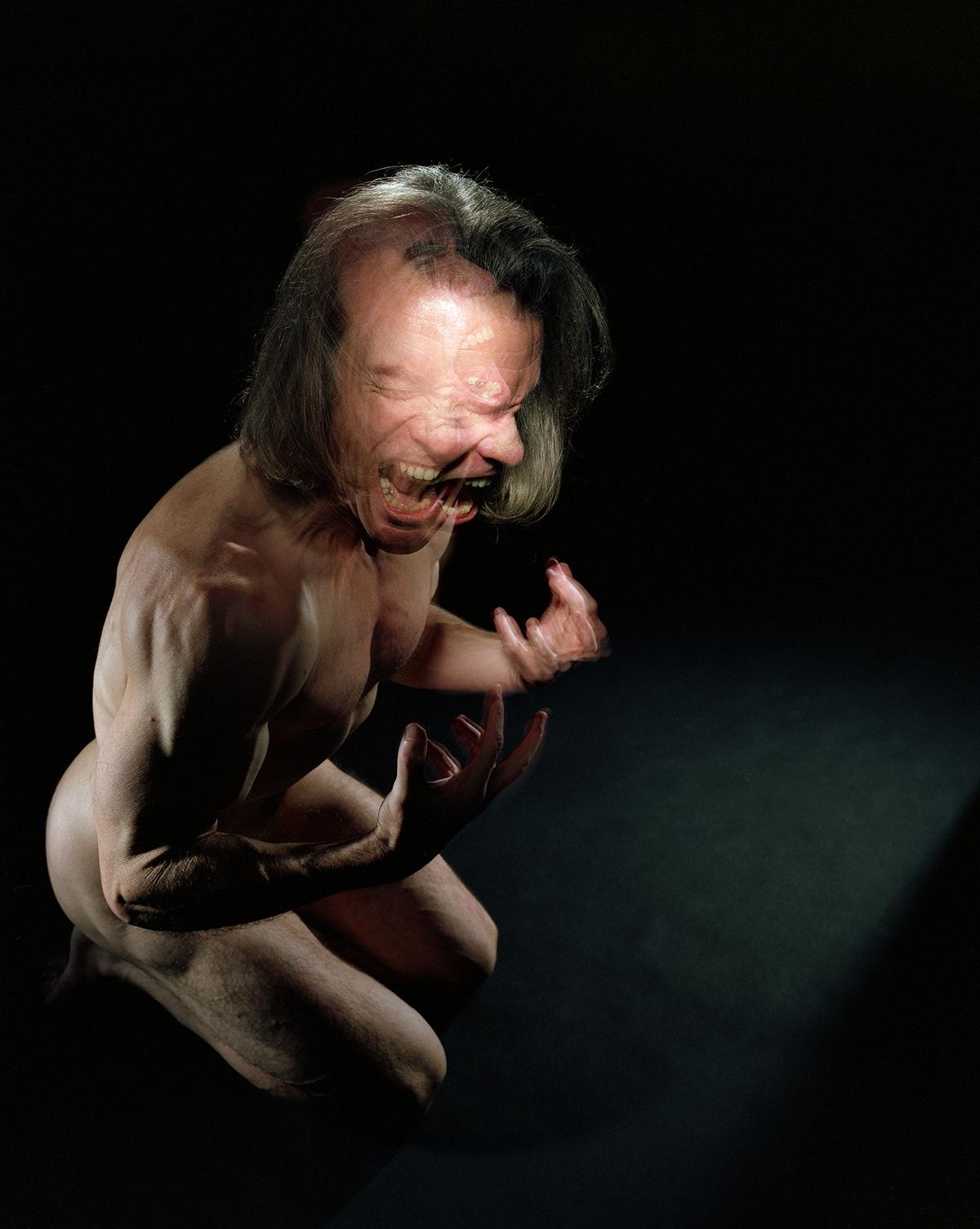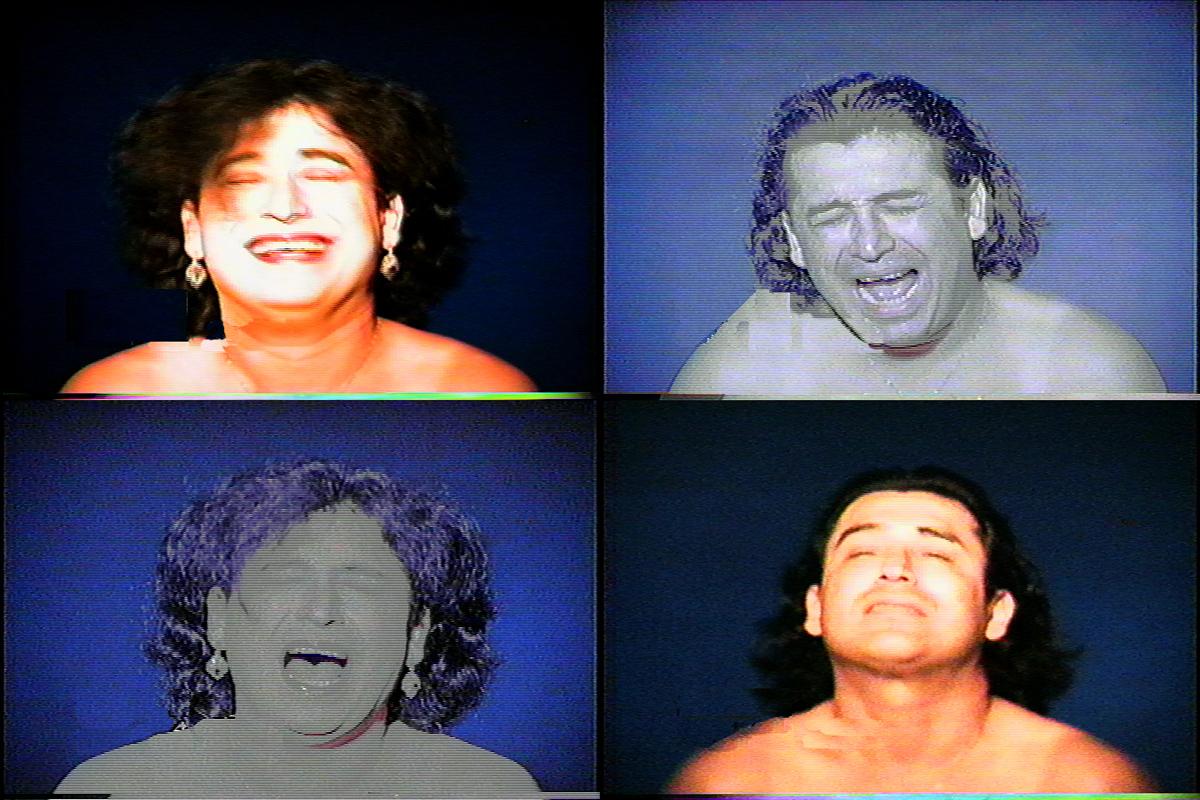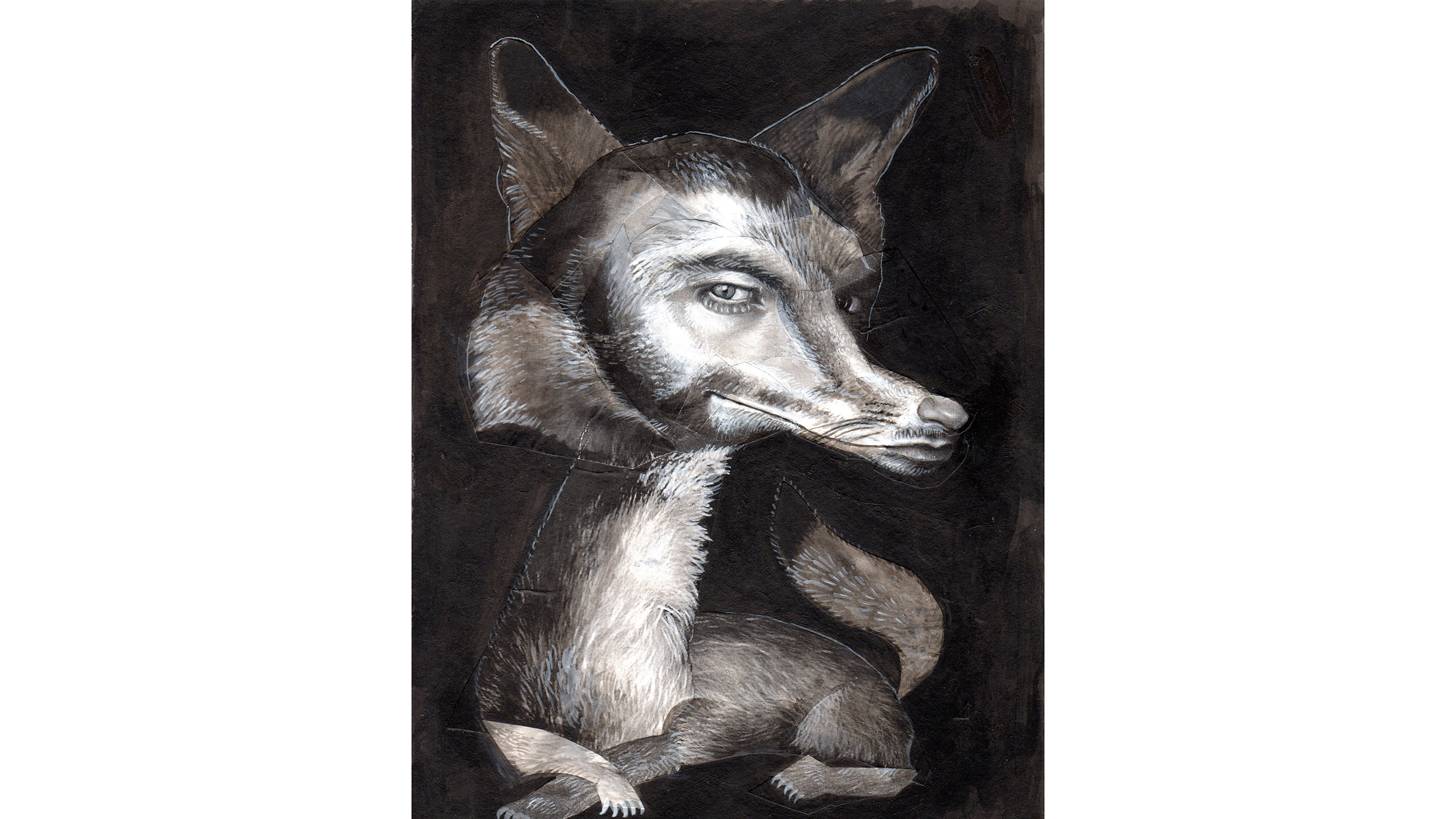x2 + y2 + z2 = 1
This work began as an exploration of psychological pain and examines the social construct of gender. I captured primeval screams of transvestites on video to connect with the unconscious and explore how it manifests itself in the physical. The photographic scale is larger than life, which abstracts the body and creates a surface pattern of lines. At normal viewing distance the result is an image reminiscent of Op Art, drawing the spectator in and emphasizing movement. When the viewer moves away from the image the emotions begin to appear and represent our inner psychic conflicts.
Breaking from tradition, I changed my photographic process. Instead of looking through the lens at an illuminated set, my subject is placed in complete darkness. By taking away my vision, I have to rely on sound and language to decide when to activate the flash that generates the image. I discovered that my technique of capture is similar to the photography of the famous French neurologist, Jean-Martin Charcot, who in the early 1880s documented patients that suffered from hysteria as a means to show that there existed a rift between self and body. It was because of the collaborative work on hysterics of Sigmund Freud (who studied under Charcot) and Josef Breuer that the dissociation of self and body came to be understood in temporal terms and an affirmation of my approach to the psyche.
The transvestite, often seen as an expression of repressed desires that are released through the wearing of woman’s clothes, is a natural subject for this work. In psychoanalysis we see that we have many different sides of our personalities, including a feminine and masculine persona. The transvestite uses his female persona as a means of self-knowledge in real life. By wearing woman’s clothes, the transvestite is able to set aside his socially acceptable male persona, allowing him to explore his feminine side.
In the majority of these photographs, the male persona is juxtaposed to his female persona. Although the details of his physical appearance are not fully resolved, gender coding identifies them as male and female. The images, therefore, raise questions about how we identify cultural symbols as they relate to representations of gender. The transvestite himself also raises issues of the masquerade. One of the characteristics of the transvestite is his meticulous attention to making up his female mask. He uses cultural signs of sexual difference as a means to release his repressed feminine qualities. The discussion of the masquerade has extended to include the question of representation and our culturally defined gender differences. Through feminist critique gender traits are challenged in studies such as the work of Charcot, who attached gender to the symptoms of hysteria by featuring only his female patients.
